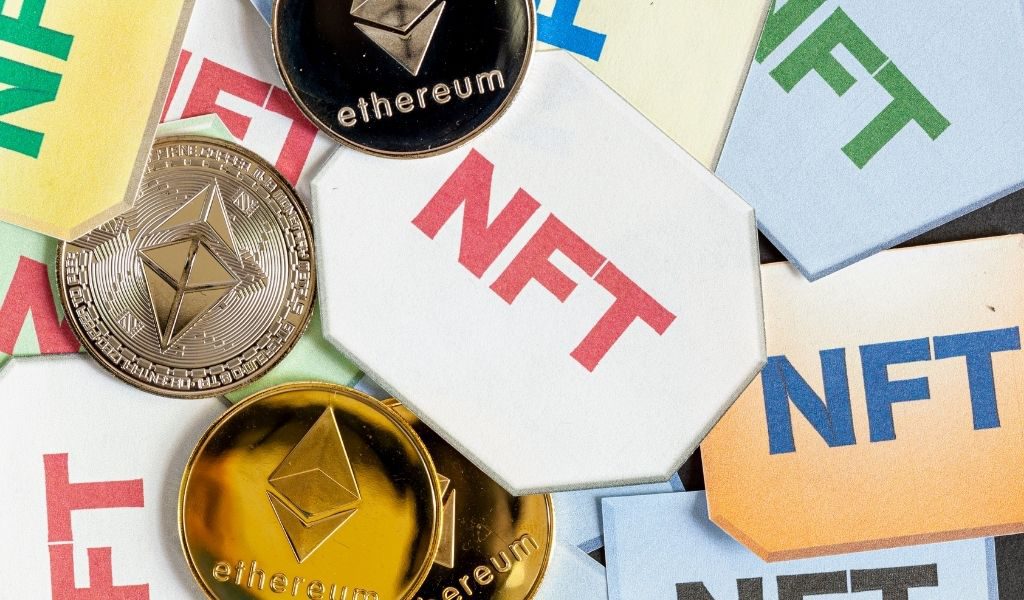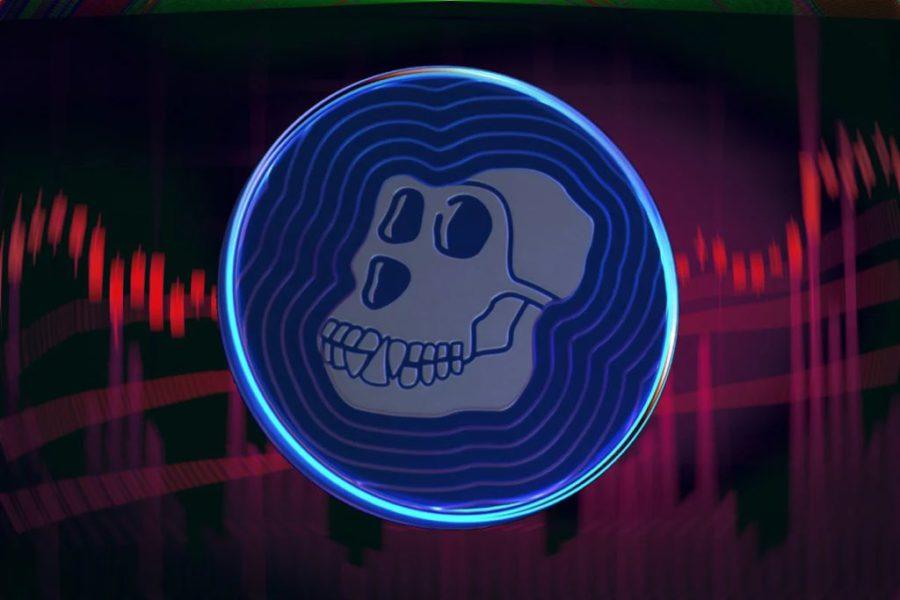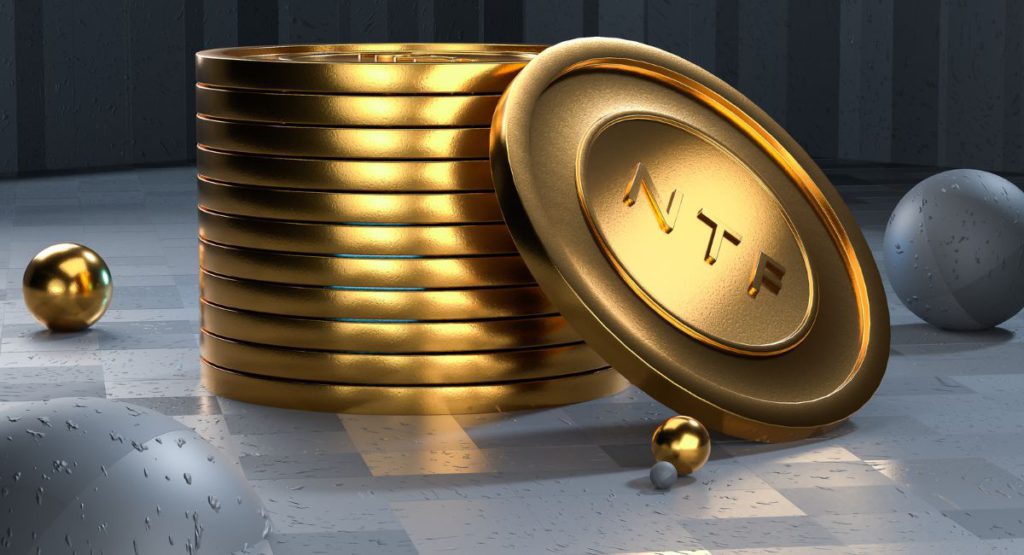Who Holds The Key To NFT Future – NFT 2.0 Vs. NFT 1.0

In the ever-evolving landscape of blockchain technology and digital assets, Non-Fungible Tokens (NFTs) have emerged as a transformative force, enabling ownership and provenance of digital or physical items. The term NFT 2.0 is gaining traction, signaling the next stage in the evolution of these unique tokens. In this article, we explore the definition, features, types, and the key distinctions between NFT 2.0 and its predecessor, NFT 1.0.
Defining NFT 2.0:

NFT 2.0 refers to the second generation of Non-Fungible Tokens, building upon the foundational concepts introduced by NFT 1.0. While NFT 1.0 primarily focused on representing ownership of digital assets, NFT 2.0 expands the scope by incorporating advanced features, interoperability, and enhanced utility within the digital ecosystem.
Features of NFT 2.0:

a. Interoperability: NFT 2.0 emphasizes interoperability, allowing tokens to move seamlessly across different blockchain networks. This opens up new possibilities for cross-chain collaboration and ensures greater flexibility for users.
b. Smart Contract Functionality: Smart contracts play a pivotal role in NFT 2.0. They enable programmable features, such as royalties for creators on secondary sales, automated transactions, and dynamic interactions between NFTs and decentralized applications (DApps).
c. Fractional Ownership: NFT 2.0 introduces the concept of fractional ownership, allowing users to own a fraction of an NFT. This democratizes access to high-value digital assets, enabling a broader audience to invest in and benefit from valuable creations.
d. Enhanced Metadata and Dynamic Content: NFT 2.0 supports richer metadata and dynamic content within tokens. This enables creators to embed more detailed information, multimedia elements, or even live updates into their NFTs, enhancing the overall user experience.
Also, read – NFT 2.0: The Next Step in NFT Technology
Types of NFT 2.0:

a. Utility NFTs: Utility NFTs serve a specific purpose within decentralized applications, giving users access to premium features, exclusive content, or membership benefits. These tokens extend beyond mere ownership representation, adding functional value.
b. Collaborative NFTs: NFT 2.0 fosters collaboration between creators, allowing them to combine their works into collaborative NFTs. This innovative approach brings a communal aspect to ownership and artistic expression.
c. Dynamic NFTs: Dynamic NFTs can change over time, responding to external factors or user interactions. This dynamic nature introduces an element of unpredictability and adaptability to digital assets.
d. Gaming NFTs: In the gaming industry, NFT 2.0 plays a crucial role by offering in-game assets as NFTs. These assets can be traded, owned, and used across different gaming platforms, creating a new paradigm for virtual item ownership.
The time capsule for @btcpixelwar 's first week looks really cool. pic.twitter.com/m9p10PAhlk
— Combo | Building NFT 2.0 (@combo_wizard) November 10, 2023
NFT 2.0 vs. NFT 1.0:

Non-Fungible Tokens (NFTs) have rapidly evolved since their inception, with NFT 2.0 emerging as the next phase in this transformative journey. To understand the distinctions between NFT 2.0 and its predecessor, NFT 1.0, let’s delve into the key features, functionalities, and advancements that characterize each generation.
1. Interoperability:
- NFT 1.0: NFT 1.0 tokens are typically associated with a specific blockchain, such as Ethereum. They are confined to the ecosystem of the blockchain on which they were created, limiting their mobility and interoperability with other networks.
- NFT 2.0: NFT 2.0 places a significant emphasis on interoperability. These tokens are designed to move seamlessly across different blockchain networks. This cross-chain functionality opens up new possibilities for collaboration and interaction between various decentralized ecosystems.
2. Smart Contract Functionality:
- NFT 1.0: NFT 1.0 introduced the concept of smart contracts, enabling programmable features such as ownership transfers and royalties. However, the functionalities were relatively basic compared to the capabilities of NFT 2.0.
- NFT 2.0: Smart contracts in NFT 2.0 are more sophisticated and versatile. They facilitate dynamic interactions, allowing NFTs to change over time, respond to external triggers, and execute complex functions. This enhanced smart contract functionality adds layers of complexity and utility to NFT 2.0.
3. Utility and Functionality:
- NFT 1.0: NFT 1.0 primarily focused on representing ownership of digital assets, such as digital art, collectibles, or virtual real estate. The utility of these tokens was centered around ownership and provenance.
- NFT 2.0: NFT 2.0 expands the utility of tokens beyond ownership. It introduces features like fractional ownership, enabling users to own a fraction of an NFT. Additionally, NFT 2.0 includes dynamic content, enhancing the overall user experience and functionality of the tokens.
4. Community Collaboration:
- NFT 1.0: While NFT 1.0 communities were vibrant, collaboration often occurred within the boundaries of individual projects. Inter-NFT collaboration or shared ownership models were less common.
- NFT 2.0: NFT 2.0 fosters a sense of community collaboration, allowing multiple creators or investors to participate in the ownership of a digital asset. Collaborative NFTs, where multiple creators combine their works, exemplify this communal approach to ownership.
5. Dynamic NFTs:
- NFT 1.0: NFT 1.0 tokens are static and do not change over time. Their characteristics and metadata remain constant once minted.
- NFT 2.0: NFT 2.0 introduces dynamic NFTs that can change over time based on predefined conditions or external factors. This dynamic nature adds an element of unpredictability and adaptability to the digital assets.
6. Gaming NFTs:
- NFT 1.0: In NFT 1.0, gaming-related NFTs were limited to in-game assets representing ownership of virtual items within specific gaming ecosystems.
- NFT 2.0: NFT 2.0 significantly impacts the gaming industry by offering in-game assets as NFTs. These assets can be traded, owned, and used across different gaming platforms, creating a new paradigm for virtual item ownership and cross-platform interoperability.
7. Fractional Ownership:
- NFT 1.0: Fractional ownership, the ability to own a fraction of an NFT, was not a common feature in NFT 1.0.
- NFT 2.0: NFT 2.0 introduces fractional ownership, democratizing access to high-value digital assets. Users can collectively invest in and benefit from valuable creations, making NFT ownership more accessible.
8. Enhanced Metadata and Dynamic Content:
- NFT 1.0: NFT 1.0 tokens typically include static metadata and do not support dynamic content.
- NFT 2.0: NFT 2.0 supports richer metadata and dynamic content within tokens. This capability allows creators to embed more detailed information, multimedia elements, or even live updates into their NFTs, enhancing the overall user experience.
9. Future Prospects:
- NFT 1.0: NFT 1.0 laid the foundation for digital ownership but had limitations in terms of functionality and interoperability.
- NFT 2.0: NFT 2.0 stands at the forefront of the ongoing evolution in blockchain technology and decentralized ownership. With its enhanced features and broader scope, NFT 2.0 is expected to play a pivotal role in shaping the future of digital assets.
In 1Combo, the relationship between NFTs transcends not only between two generations but spans across many generations.
While they may no longer look similar, their connection has been permanently bound on the blockchain. pic.twitter.com/Oct9d4y6Jy— 1Combo (@Official_1Combo) November 3, 2023
The Future of NFT 2.0:

In the ever-evolving landscape of blockchain technology and digital assets, the transition from Non-Fungible Tokens (NFT) 1.0 to NFT 2.0 signifies a remarkable leap forward. The journey from static representations of ownership to dynamic, interoperable, and functionally rich tokens has reshaped the way we perceive and interact with digital assets. As we conclude our exploration of NFT 2.0 versus NFT 1.0, it becomes evident that the evolution is not merely incremental but transformative, ushering in a new era of possibilities and collaboration in the decentralized space.
NFT 1.0, with its pioneering role in establishing digital ownership and provenance, laid the foundational blocks for the NFT phenomenon. However, its limitations became apparent as the blockchain community sought to push the boundaries of what these unique tokens could achieve. Enter NFT 2.0, a comprehensive upgrade that addresses key shortcomings and introduces a myriad of features that go beyond traditional ownership representation.
The emphasis on interoperability in NFT 2.0 stands out as a defining characteristic. Tokens are no longer confined to a specific blockchain; they traverse seamlessly across different networks, fostering collaboration and interaction on a global scale. The smart contract functionality, while present in both generations, undergoes a significant enhancement in NFT 2.0. The sophistication and versatility of smart contracts enable dynamic interactions, fractional ownership, and a host of programmable features that redefine the utility of these digital assets.
Utility and functionality take center stage in NFT 2.0, expanding the scope beyond ownership representation. The introduction of fractional ownership democratizes access to high-value digital assets, making the world of NFTs more inclusive. Collaborative NFTs exemplify the communal spirit that NFT 2.0 fosters, allowing multiple creators and investors to participate in shared ownership. Dynamic NFTs add an element of unpredictability and adaptability, breaking away from the static nature of their predecessors.
In the gaming industry, NFT 2.0 emerges as a game-changer, offering in-game assets as tokens that can be traded and used across diverse gaming platforms. This shift transforms the dynamics of virtual item ownership and opens up new possibilities for cross-platform interactions.
Fractional ownership, a hallmark of NFT 2.0, democratizes access to high-value digital assets, making the world of NFTs more inclusive.
As we look to the future, NFT 2.0 stands at the forefront of the ongoing evolution in blockchain technology and decentralized ownership. Its impact extends beyond the realms of digital art and collectibles, reaching into industries such as gaming, entertainment, and beyond. The enhanced metadata, dynamic content, and collaborative ownership models redefine the user experience, setting the stage for a more vibrant and interconnected digital ecosystem.
In conclusion, the transition from NFT 1.0 to NFT 2.0 represents not just an upgrade but a paradigm shift. It’s a testament to the iterative and innovative nature of blockchain technology, where each iteration builds upon the successes and challenges of its predecessor. As NFT 2.0 continues to shape the future of digital assets, its influence will undoubtedly extend into realms yet unexplored, unlocking new possibilities and reshaping the way we conceive ownership, collaboration, and value in the digital age.




























































